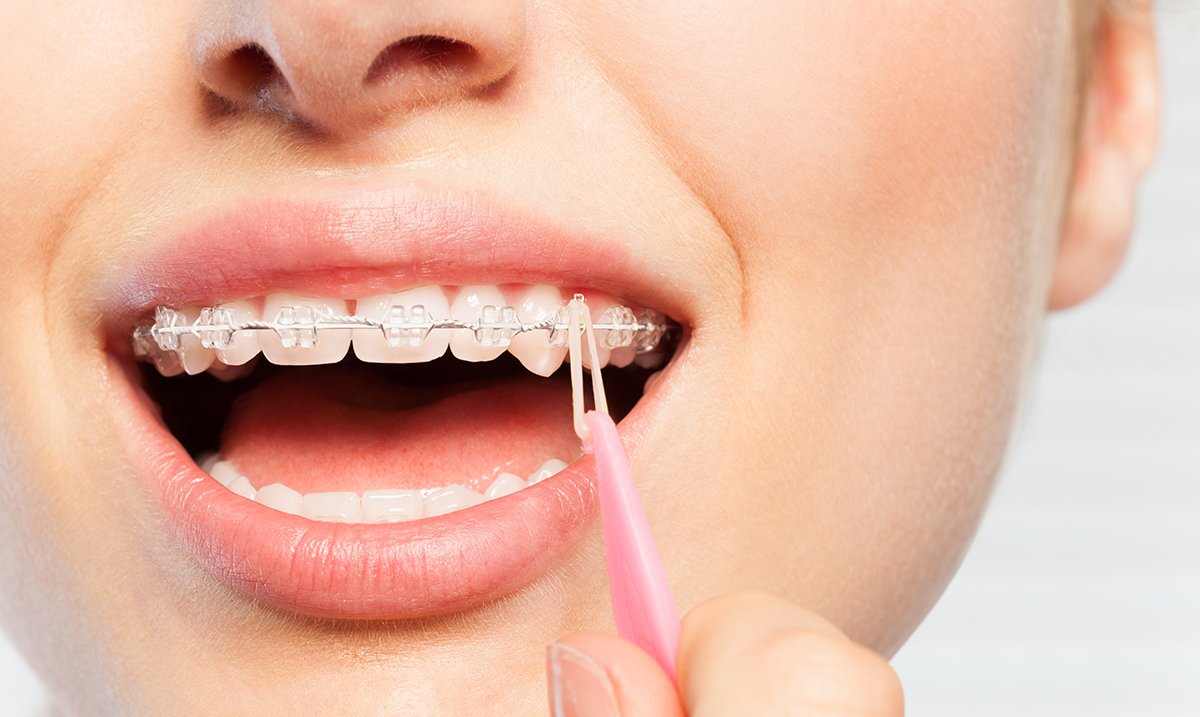What Do Elastics Do for Braces?
Orthodontic treatments such as braces and aligners help straighten teeth and give a better cosmetic look as well as a functional bite. For those with these treatment options or considering them, you may be wondering what role rubber bands, or elastics, play in your treatment. Let's learn more about what rubber bands do for your braces!
Creating Proper Jaw Alignment is Key
Elastics are the part of your braces or aligner treatment that correct your occlusion (the clinical term for bite). Proper occlusion is key in making sure that the teeth function properly and that you are able to achieve a long-lasting and stable result. Malocclusions, or bites that do not fit together properly, can lead to long-term problems such as fracture and tooth loss. For this reason, your orthodontist will want to correct any discrepancies in your bite.
Consistency Ensures Comfort
Your teeth and jaw may be sore for a while after starting the elastics. This is normal. Your teeth will get used to them with consistent, continual wear. However, if you only wear the elastics intermittently, your mouth never has a chance to get used to them and you will have constant discomfort. In addition, the more often you wear your elastics as instructed, the better they work.
Caring for Your Elastics
Some patients may be instructed to wear their elastics only to bed, or only on one side, depending on the type of bite correction that they needed. However, many patients will need to wear them 24/7 when they first get started with them. If your doctor asks for full time elastic wear, they mean that they should be worn all the time, even while sleeping. They should only be removed briefly to eat and to switch to a new set. It is a good idea to change your elastics three to four times per day; just like any rubber band, the elastics get stretched out over time and become less effective. Changing them periodically ensure that your bite is moving as it should.
Before you leave your orthodontist’s office, make sure you understand how to hook up and remove your elastics, since you will be swapping them out often. It may be aggravating at first, but you will get the hang of it in no time at all!
Oh No! I Missed a Day
Whether you skip a day or don't wear your rubber bands as often as you should, do not double up on your elastics to “make up for it” without permission from your orthodontist. Doubling up on elastics without the supervision of your orthodontist can cause too much movement, which ultimately ends up slowing your treatment time down. If your bite moves too far, your orthodontist will have to change your elastics to move your bite. If you miss a day or two, your best bet is to resume wearing your elastics as instructed as soon as you remember.
If you have any questions about elastics or anything else orthodontics related, we're here to answer them. Here at Cuozzo Orthodontics, we're experts in the field of orthodontics and would love to talk with you about whatever concerns you. Give our office a call today!

